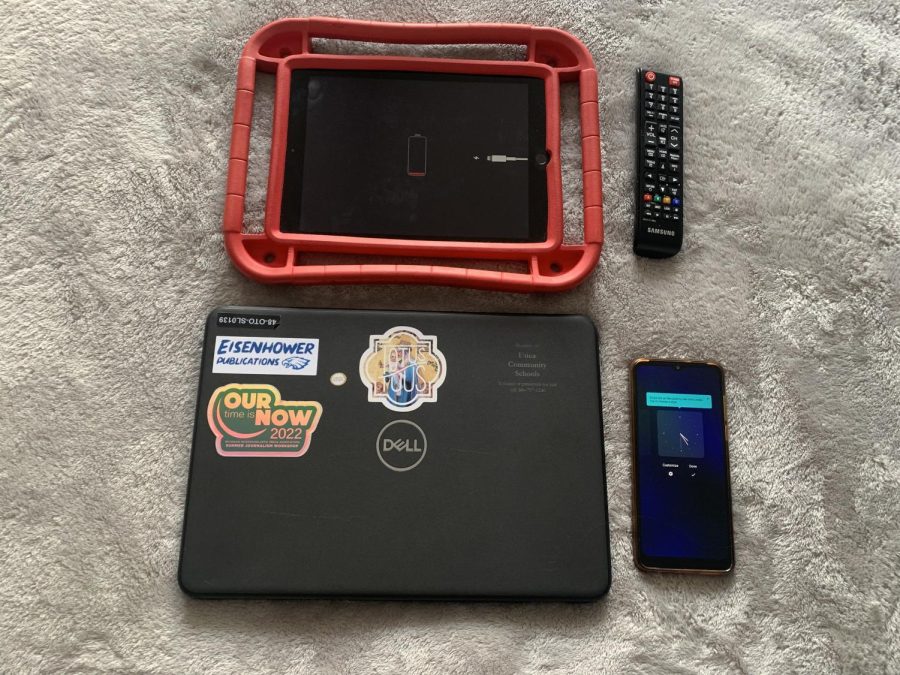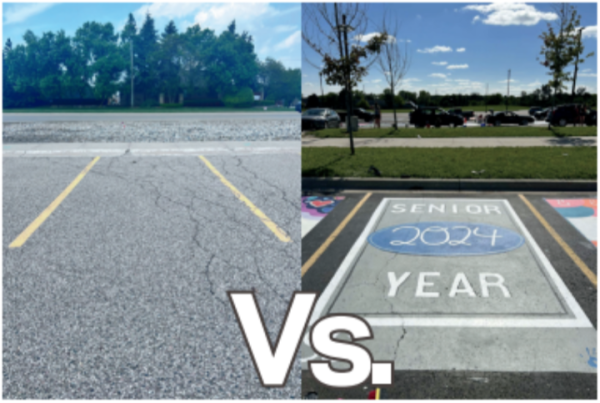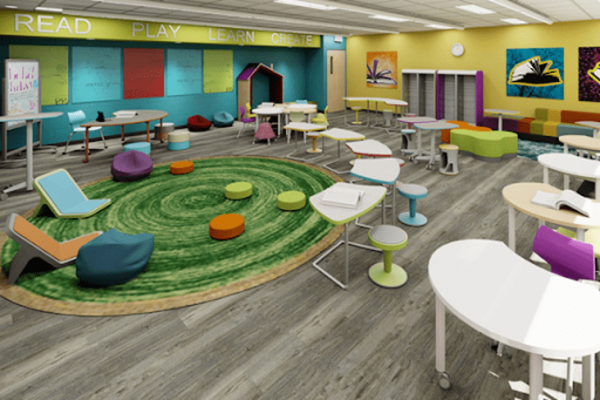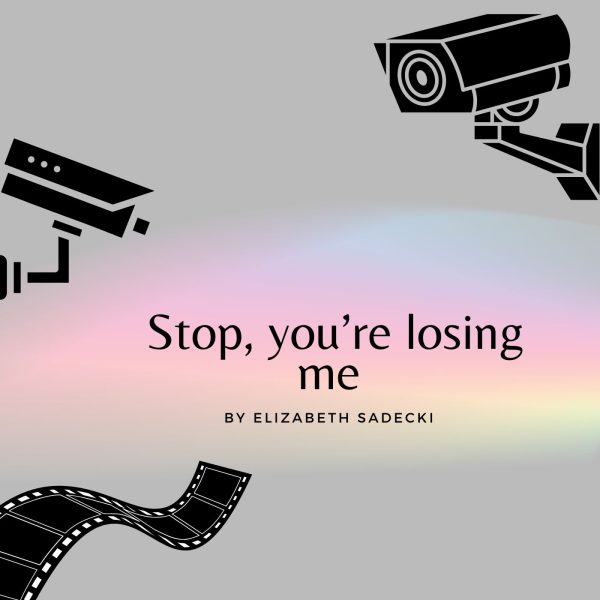Digital downfall
Technology tears teens’ lives apart
Miserable media. A new study found that teenagers are increasingly depressed, feel hopeless and are more likely to consider suicide. This is what technology and social media does. According to “The Social Dilemma” on Netflix, “social media starts to dig deeper and deeper down into the brain stem and take over kids’ sense of self-worth and identity.”
“Teens who spend five or more hours per day on their devices are 71 percent more likely to have one risk factor for suicide,” npr.org said, regardless of the content consumed.
Nowadays, adults remember their teenage years as being confusing, crazy and a bit cringey through finding out who they are through those years. It makes sense since “adolescence is a time of ‘emotional turmoil’ when teens are more prone to addictions and disorders such as depression and anxiety,” gostudent.org says.
The first smartphone came out in 1994. However, 2012 was when they really became popular. Since then, there has been an increase in teens’ symptoms of depression, suicide risk factors and suicide rates, according to psychologist Jean Twenge.
“Teens and adolescents are using image filters on Instagram to enhance their appearance even though the result looks nothing like them. “Self-esteem addiction” can make young people feel inadequate,” according to maryville.edu. “As children spend more time on social media, they may become withdrawn or find themselves obsessively checking their social media feeds.”
Constantly opening social media apps and websites “leads people to live in a constant state of alertness, waiting for the sound or notification” since “an active technological device is nearby-or in one’s hand-is a source of sensory hyper-stimulation,” gostudent.org said. How does this leave teens feeling? They are filled with an overwhelming feeling of anxiety and insecurity; which is not a good combination.
Overtime, these feelings of discomfort will increase the more time teens spend on technology. It seems like decades ago when children used to play with toys and teens actually used to go outside during their free time instead of working out their fingers and drying up their eyes.
Teens spend an excessive amount of time just on phones alone. Imagine how fruitful it would be if teenagers would spend one-third of their day doing things that are actually beneficial for their mind, bodies, and brains instead of being on technology. They could be taking needed naps, talking to friends and family face-to-face, exercising, journaling or reading.
All in all, technology worsens the lives of teens. They should strive to cap their screen time to two hours or less and focus on things that are overall better for their mental health and happiness in the long run.
Your donation will support the student journalists of Eisenhower High School. Your contribution will allow us to purchase equipment and cover our annual website hosting costs.











